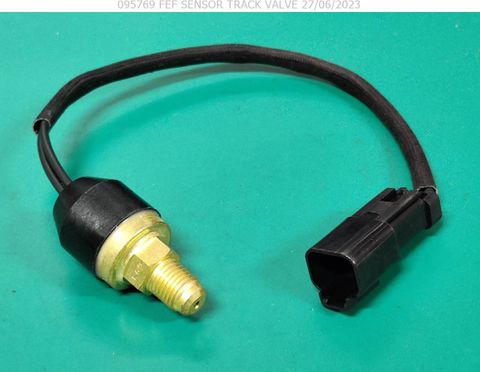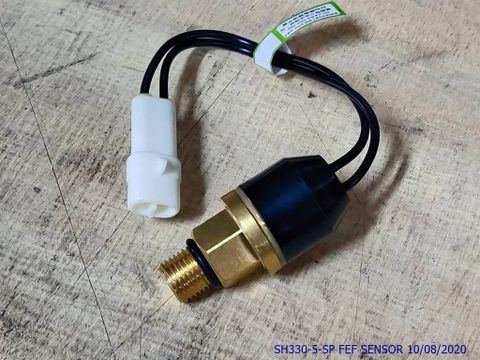Track Valve Sensor
Kali terakhir kemas kini
Harga:
R.F.Q
Share Product:
Butiran
A non-functional track valve sensor in an excavator can cause several significant operational issues, affecting both the performance and safety of the equipment. Track valve sensors are integral to the hydraulic system, providing crucial feedback for controlling track movement and ensuring precise and efficient operation. Here are the common problems associated with a faulty track valve sensor:
Loss of Track Control:
- Erratic Movement: The excavator tracks may move unpredictably or jerkily, making it difficult to operate the machine smoothly and safely.
- Inconsistent Speed: The speed of the tracks can become inconsistent, with sudden accelerations or decelerations, which can be hazardous on the job site.
Reduced Operational Efficiency:
- Slower Response: A faulty sensor can cause delays in track response to operator inputs, leading to reduced efficiency in completing tasks.
- Inaccurate Positioning: The operator may struggle to position the excavator accurately, affecting the precision of digging, grading, or lifting tasks.
Increased Wear and Tear:
- Mechanical Strain: Erratic or improper track movements can place additional strain on the mechanical components of the tracks and the hydraulic system, leading to accelerated wear and potential damage.
Safety Concerns:
- Operator Safety: Unpredictable track movements can pose a risk to the operator, especially when maneuvering in tight spaces or on uneven terrain.
- Site Safety: Inconsistent track behavior can also endanger other workers and equipment on the job site.
Hydraulic System Issues:
- Pressure Imbalances: The sensor's role in monitoring and regulating hydraulic pressure can lead to imbalances if it fails, potentially causing hydraulic fluid leaks or pressure drops.
- Overheating: Incorrect sensor readings can result in the hydraulic system working harder than necessary, leading to overheating and potential system failure.
Diagnostic Challenges:
- Troubleshooting: A non-functional track valve sensor can complicate diagnostic efforts, as the sensor's feedback is crucial for identifying and resolving hydraulic system issues.
- Error Codes: The excavator’s onboard diagnostic system may generate error codes or warning lights related to the track valve sensor, indicating the need for inspection and repair.
Increased Maintenance Costs:
- Frequent Repairs: Ongoing issues with the track valve sensor can lead to frequent maintenance and repair needs, increasing operational costs and downtime.
- Component Replacement: Continuous operation with a faulty sensor can lead to the premature failure of other hydraulic components, necessitating costly replacements.
Summary
A non-functional track valve sensor in an excavator can lead to loss of track control, reduced operational efficiency, increased wear and tear, safety concerns, hydraulic system issues, diagnostic challenges, and increased maintenance costs. These problems can significantly impact the performance, safety, and reliability of the excavator. Addressing sensor issues promptly by having the sensor inspected and replaced by a qualified technician is crucial to maintaining optimal excavator function and ensuring safe operation on the job site.
Spesifikasi
| Kata kunci | |
| Jenama | |
| Asal | MY |
Katalog Download

